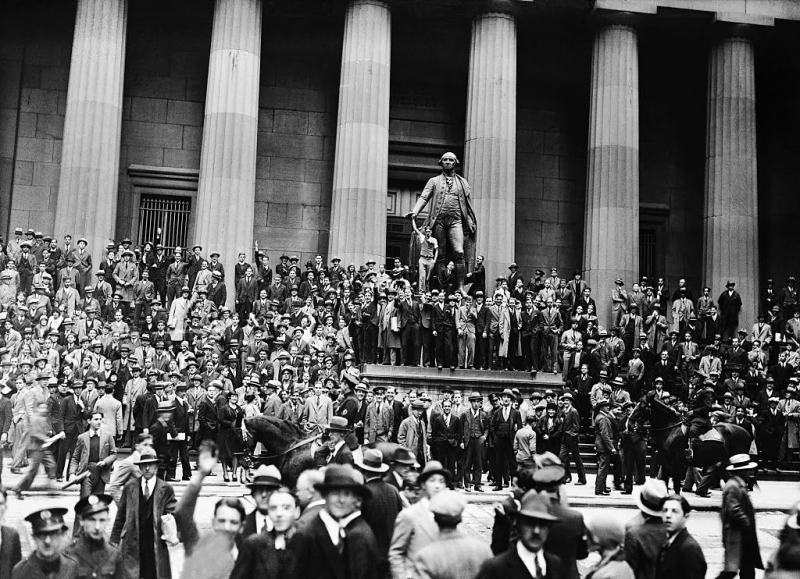1929

1929 is one of the worst years in human history. In terms of market crashes, the 1929 Wall Street crash followed a pattern comparable to all major financial crises that have occurred before or subsequently. It was a textbook example of how global markets correct themselves, fueled by excessive speculation on market assets that simply did not reflect reality on the ground - particularly in the US - as well as an influx of cheap credit from financial institutions that allowed the bubble to grow ever larger until it collapsed.
What distinguishes it from other wrecks is the size of the wipeout and the magnitude of the effects that followed. The recession that followed was the greatest in history for the developed world, taking into consideration the size of the economy at the time. According to some estimates, unemployment rose to more than 20% in the years following the crisis, and GDP plummeted by more than 30% at its peak years, dwarfing the next largest recession in history - that of 2007-09 - by a wide margin.
The Great Depression, as it has come to be known in popular imagination, precipitated many of the worst events of the twentieth century, and that's before people even get into its direct consequences, such as mass deprivation and years of hardship faced by people in almost every industrialized economy around the world. The recession, combined with rapidly depleting resources in newly industrialized economies such as Germany and Japan, fueled the rise of extreme nationalistic and populist ideologies, paving the way for the Second World War's widespread destruction and suffering - the largest global military conflict in history.










